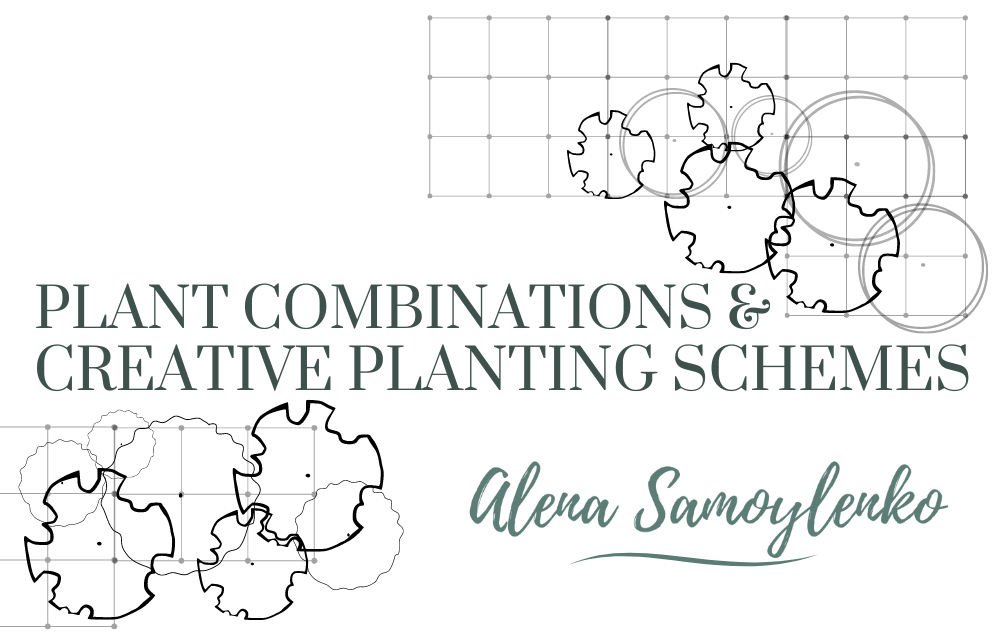The Small Tortoiseshell butterfly (Aglais urticae) is a delightful visitor that adds a splash of vibrant color to any garden. Understanding its characteristics and creating a welcoming habitat can encourage these enchanting creatures to grace your outdoor space.
The Appearance of the Small Tortoiseshell: wings showcase a vibrant reddish-orange color adorned with intricate patterns of black and yellow markings on the forewings. What sets it apart is the blue spots that encircle the edge of its wings, adding a touch of mesmerizing allure.

The difference between Small Tortoiseshell and Painted Lady: At first glance, the Small Tortoiseshell may resemble another stunning butterfly known as the Painted Lady. However, upon closer inspection, we will unravel the unique characteristics that differentiate these two beautiful butterflies, making it effortless to distinguish between them.

Exploring the Life Cycle: Like the Peacock butterfly, the Small Tortoiseshell follows a captivating life cycle. While it typically produces one generation per year, favorable weather conditions can lead to the emergence of two generations.

After emerging from hibernation in April, Small Tortoiseshell butterflies begin laying their eggs in May. As time progresses, you can witness the remarkable transformation of these eggs into fuzzy caterpillars over four weeks. Soon after, the caterpillars enter the chrysalis stage, and by July, the garden comes alive with the graceful flight of the adult butterflies.
The Importance of Nettles and Creating a Welcoming Habitat: Nettles play a vital role in the survival of Small Tortoiseshell caterpillars. Unfortunately, our desire for pristine gardens often leads to the removal of these “weedy” plants. However, by setting aside a wild garden area where nettles can thrive, you provide a vital food source and shelter for these beautiful butterflies. To further enhance this habitat, consider adding hardy plants like buddleja, rudbeckia, monarda, eupatorium and others.
These additions provide a burst of color to your garden and offer a rich nectar source for adult butterflies.
Even if your garden has limited space, you can still make a difference by advocating for protecting wild areas in parks and alongside roads. By preserving these natural habitats, we can ensure a brighter future for the Small Tortoiseshell and other species that rely on nettles for survival.
I’ve included a few pages from my book ‘Let’s Grow a Butterfly Garden’ as an example of a small plant community for caterpillars and butterflies to enjoy.

Get your hands on a paperback copy of ‘Let’s Grow a Butterfly Garden: A Kid’s Guide to Gardening and Conservation’ and kickstart this extraordinary journey today!

Prefer the digital route? Download and print your own copy right at home! Plus, as a special bonus, gain access to ‘My Butterfly Observation Journal,’ where kids can document their fascinating observations firsthand.






Leave a Reply